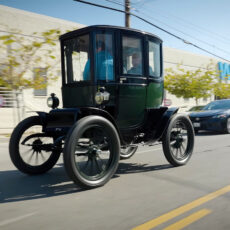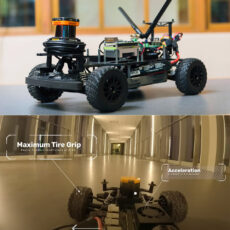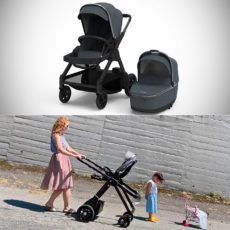
Photo credit: Mark Stone | University of Washington
University of Washington researchers unveil the MilliMobile, a thumbnail-sized robot that can drive itself using only light and radio waves. It comes equipped with a solar panel–like energy harvester and four wheels that enable it to move about the length of a bus (30 feet) in 1 hour, even on a cloudy day.
The wheels allow it to drive on surfaces like concrete or packed soil while transporting nearly three times its own weight in equipment like sensors. A sensor is used to automatically move it towards light sources so the vehicle can run indefinitely on harvested power. Using just lights under a kitchen counter, the robot was still able to move, though much slower.
- 🎁 Ideal Gift for Kids & Teens: This STEM solar robot kit celebrates child’s growing skills and important milestones. Whether for birthdays,...
- 📚 STEM Educational Toy: This solar educational toy brings science to life! The fun DIY building experience sparks children's curiosity in...
- ☀️ Powered by the Sun: Enjoy outdoor play with solar power or switch to a strong artificial light source indoors, such as a flashlight, ensuring...

Internet of Things’ sensors are usually fixed in specific locations. Our work crosses domains to create robotic sensors that can sample data at multiple points throughout a space to create a more detailed view of its environment, whether that’s a smart farm where the robots are tracking humidity and soil moisture, or a factory where they’re seeking out electromagnetic noise to find equipment malfunctions,” said Zachary Englhardt, co-lead author, a UW doctoral student in the Allen School.










